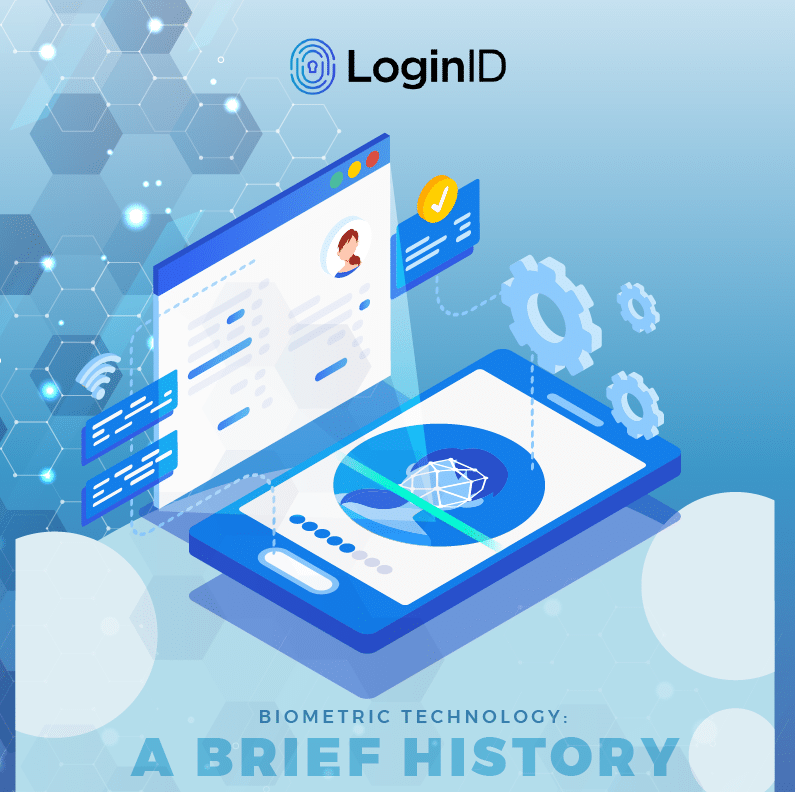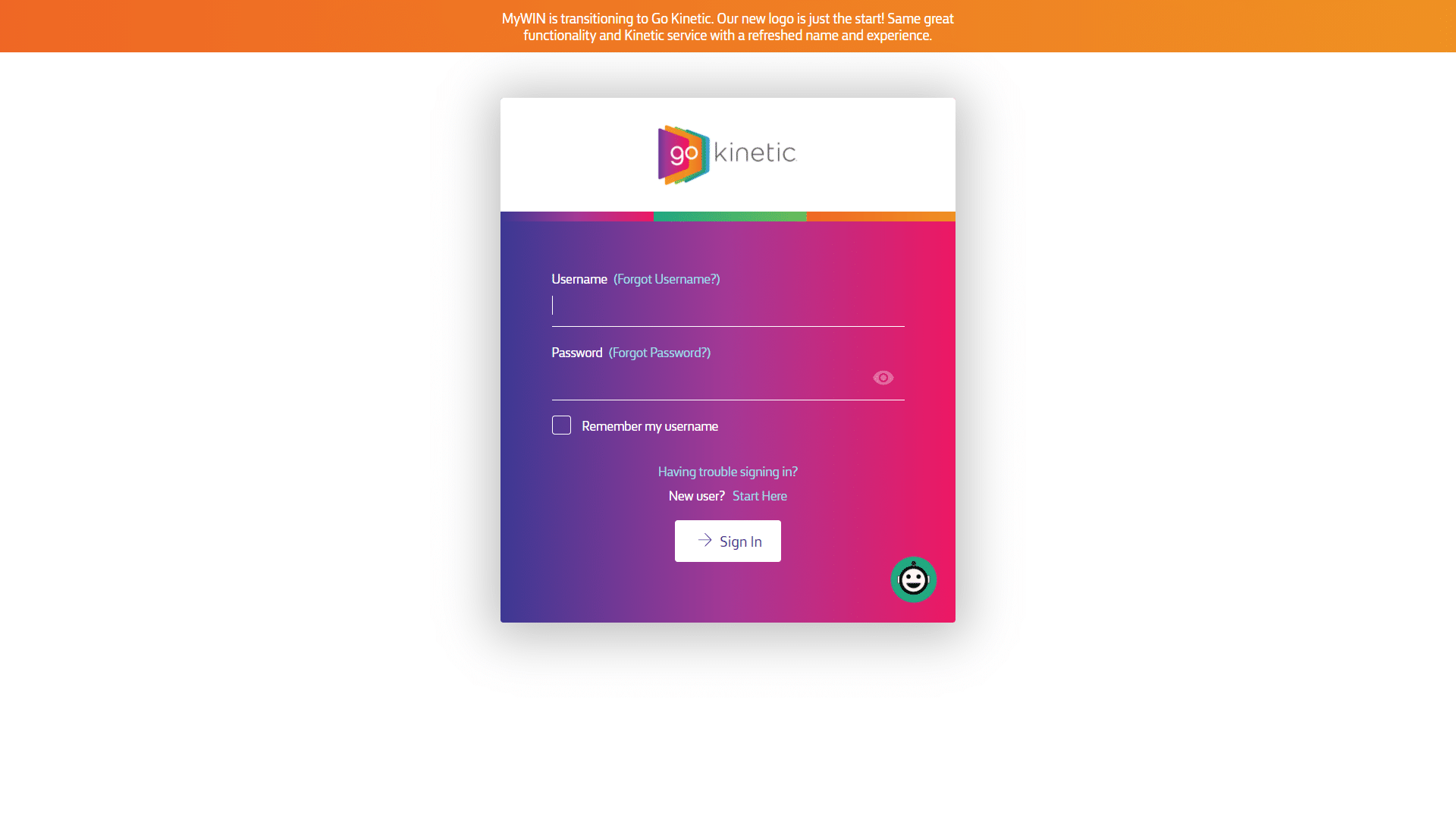Although referring to a very modern and progressing technology, biometrics dates back to decades of skepticism and low support. In the 1980s, biometrics was merely handprints at the back of employee contracts used to verify actual employees during payday. But thanks to the never-ceasing dedication of biometric technology developers and industry stakeholders, it is now a major game-changer in today’s digital world.
What Ignited the Idea of Biometrics?
In etymology, the word “biometrics” can be broken into two greek words, “bio”-life, and “metrics”- to measure. Biometrics is the measurement and analysis of an individual’s unique physical and behavioral characteristics. Biometrics is used to identify and verify individuals.
We can trace the onset of modern biometric applications in the 1960s with the use of voice recognition and fingerprint identification for criminal investigation purposes. However, the first concept of biometric can be observed in the Babylonian empire. Historians have uncovered that in 500 BC, the Babylonians used fingerprints in clay tablets to record business transactions.
Various records of the use of biometrics were also observed throughout history in different regions. Chinese merchants in the 14th century used palm prints and footprints to identify children. Similarly, in early Egyptian history, the people distinguish traders by their physical characteristics.
The birth of the idea of biometrics is very natural and intuitive. Since the first civilization, humans have used faces to identify individuals and recognize them against unknown individuals. As the population grew, recognizing people became more challenging. As a result, more convenient methods were introduced to recognize individuals easier for trade and other purposes. Examples of early biometric characteristics include voice, gait, unique physical marks, footprints, and handprints.
What is Biometrics Technology Used For Today?
Public Security
Law enforcement is now also using biometrics to increase their work efficiency, especially to identify suspects or criminals. Different public security agencies use Automated Biometric Identification Systems to create and store biometric information of individuals’ faces, fingers, and irises. Live face recognition is another biometric technology in this field, which can perform face identification in a crowd in real-time.
Border Control & Travel
The electronic passport is another application of biometrics, and it makes the process of identity verification for border control and travel security much more straightforward. Biometric authentication in airports is changing the travel experience for the better with a more speedy check-in and better control of travelers between borders.
Access and Transaction Control
Access control is the most prominent application of biometrics in today’s time. With biometric authentication, especially with the use of both physical and logical access control, facilities and accounts are more difficult to falsify and use without permission. And with Digital Signature, not only access but also transactions and documents are validated for authenticity. The use of these technologies provides facility users with a more secure environment to deal with.
Trace the Progress of Biometrics Technology in a Timeline
The field of biometric technology is fascinating. From the simple means to recognize traders, it has become so profound to be part of today’s many day-to-day activities. It incites awe in us for the developments it is also prompting in various fields. If you want to learn more about the in-betweens of biometric’s origin and its modern advancements, here is a timeline of the history of biometrics technology by LoginID.





